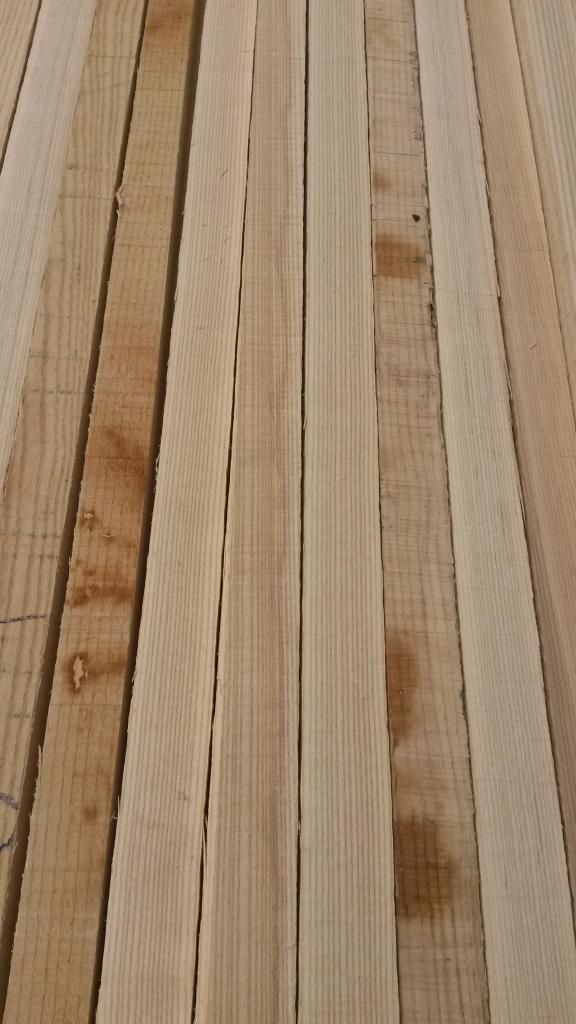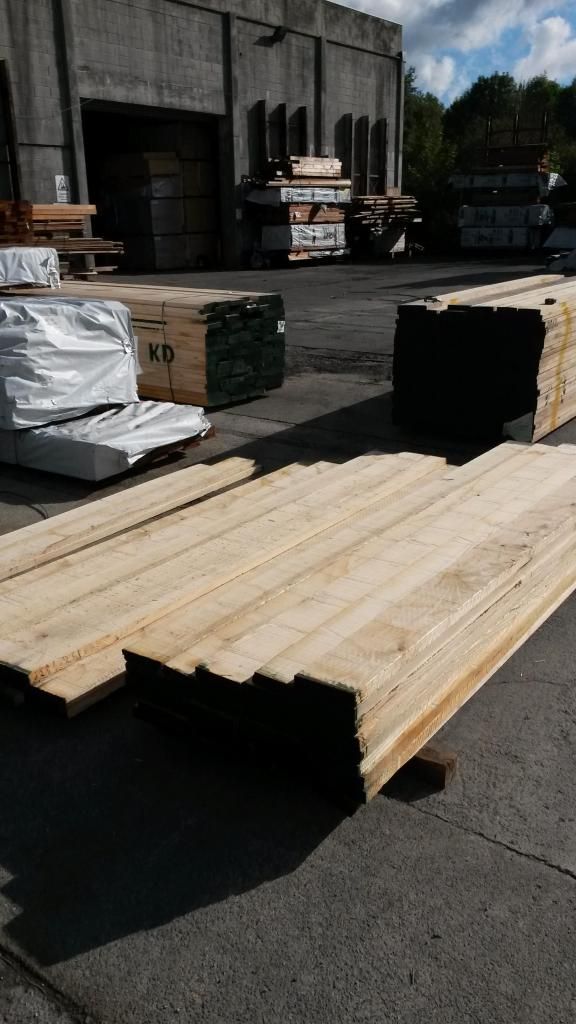Originally Posted by trevs1
View Post
I was interested in what English ash because it was a term still used often when I was a new player (in the 90's). Eddie Charlton refers to it in his 1976 book, Winning Snooker, and the Powerglides cues that were on offer at the time had a little information tag on them saying that they had English ash. The Parris cues seemed to have it at that time and the local cue maker was also making cues with it until the late 90's when we were hearing that English ash stocks had run out.
So, what made it different? The English ash seemed to be of much tighter grain on average than and with lots of even chevrons. It made a big impression on me because some of the cues I tried with it seemed to have a beautiful soft hit that made it easy to generate cue power. My guess though is that what became known as 'English Ash' was actually just higher grade old growth ash and it's unlikely that it all originated in England, if any did. Mike and Trev have said something to this effect before.
When I was a new player I was hearing a lot of older players talking about English ash and there were a lot of people thinking that ash had to have tight grain to hit well but in recent years I've seen enough new cues that play great to put all of those preconceptions to bed.


















Comment